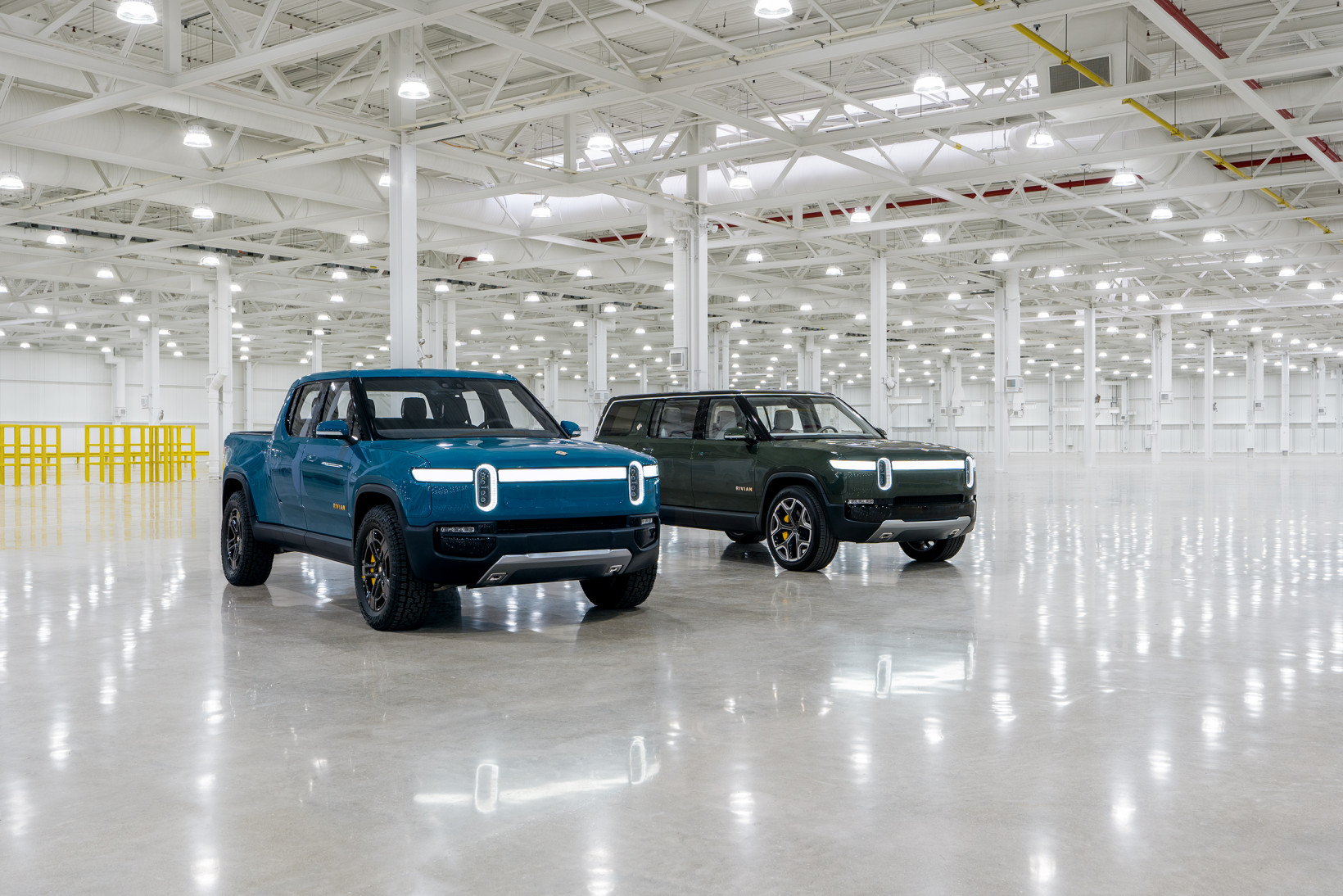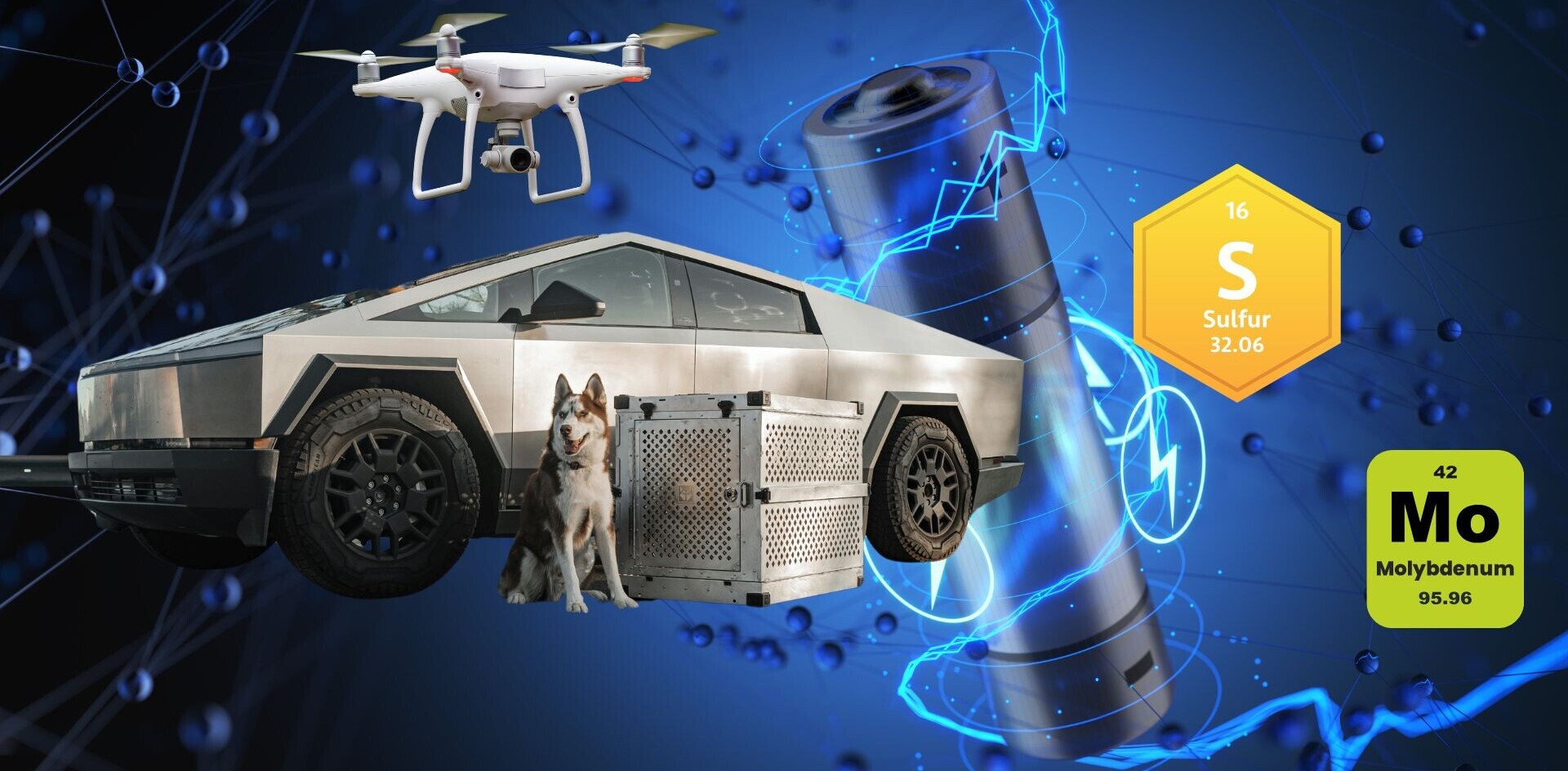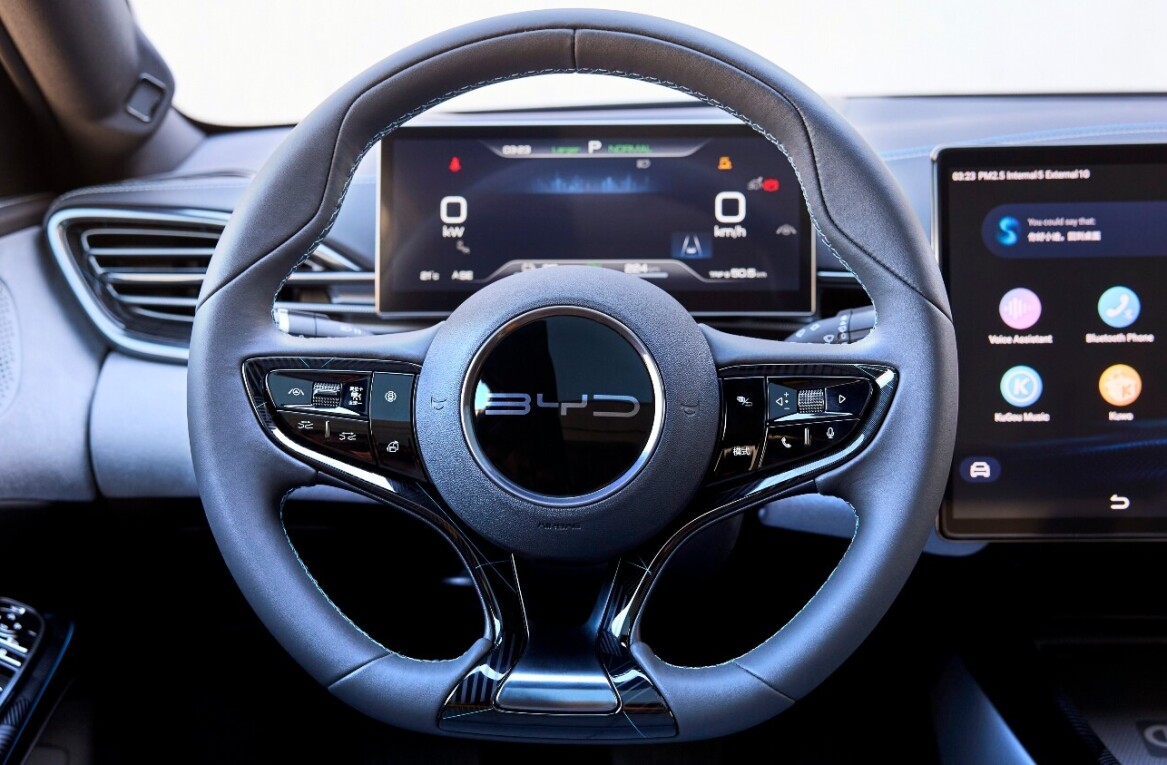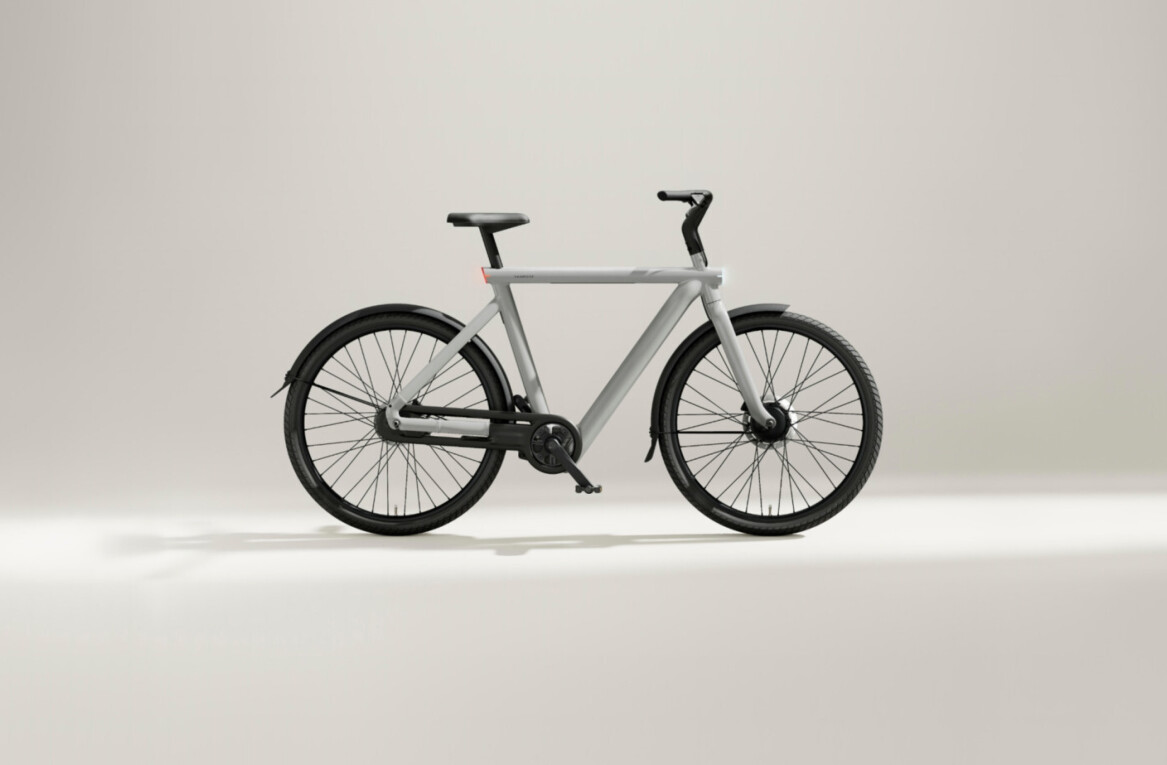
With COP26 in full swing, Democrats in the US House of Representatives are slowly working on doing their part to fight climate change. Their focus? The heart and soul of America: the big-ass car. This week they announced further amendments to the current Build Back Better Act before the House which offers some big wins for social spending and sustainable transport. The bill before the house is all part of a $3.5 trillion budget dedicated to social and environmental benefits.
But let’s dig into how exactly this will affect American transportation.
What’s new in the bill: benefits direct to the consumer

The updated bill means electric vans, SUVs, and trucks at a retail price up to $80,000 are eligible for a $12,500 credit. This will bring more models into the credit scheme as it was formerly capped at $64,000 for vans, $69,000 for SUVs, and $74,000 for pickup trucks. Meanwhile, sedans still remain capped at $55,000.
So, what can we gather from this? Well, this might make the transition to EVs smoother for truck lovers and SUV owners. Car ownership is deeply cultural in the US, so if we’re going to aim for 100% electrified car fleet as soon as possible, making the ‘cultural strain’ as low as possible sounds like a good idea.
I can also see this appeasing people who have practical concerns, like contractors, who use their personal vehicles for work.
Putting US automakers first
The US is already facing criticism by overseas automakers and Republicans for the bill’s preference for union-made vehicles from local companies. If successfully voted upon, it means consumers can claim an added $4,500 credit for vehicles assembled at a domestic unionized plant. In contrast, EVs that are American-made but not union-built qualify for a mere $500 extra in subsidies.
There was a plan to phase out tax credits after automakers hit 200,000 electric vehicles sold, but its cancelation means big automakers like GM and Tesla will continue to enjoy the credits.
- $5 billion to replace certain heavy-duty vehicles, such as refuse trucks and school buses, with zero-emission vehicles through a new grant program at the Environmental Protection Agency (EPA).
- $17.5 billion towards decarbonizing federal buildings and fleets. This includes the installation of electric vehicle charging stations for government buildings.
- A $13.5 billion investment in electric vehicle infrastructure to support the development of an electric vehicle charging network. This funding will go toward the construction of charging infrastructure in publicly accessible locations, multi-unit housing structures, workplaces, and underserved areas. America lags behind much of the world regarding access to public EV charging, so this is sorely needed.
- $7 billion in multiple loans and grant programs at DOE to support the development of innovative technologies and American manufacturing of zero-emission transportation.
Significantly, the bill also includes a $9 billion investment into updating the energy grid through grants and loans for grid infrastructure modernizing. This is crucial to ensure grid reliability not only for the mass roll of EVs in decades to come but also the impact of extreme weather events on the grid.
Bikes are (finally) a real part of the climate change solution

One of the greatest parts of the bill in general, is that is doesn’t forget ebikes — as often happens in the noise around electric vehicles.
The bill proposes a 30% electric bike tax credit, which helps incentivize ebike adoption. The US’s legislative and infrastructural changes are already resulting in massive industry growth and investment. In February, a federal E-BIKE act ebikes meant that ebikes are no longer classified as motor vehicles or off-road vehicles but are properly defined within three classes. Owners can therefore ride them on the road, unlike in the UK and Australia.
The current bill before the House also dedicates $10 billion to high-speed rail expansion, which is a big deal for a country that has so greatly neglected public transport infrastructure for decades.
Ultimately, this is the most significant US government investment we’ve seen in sustainable transport. Hopefully, it’s just the start of things to come — assuming the bill passes in the Senate without too much dilution.
Get the TNW newsletter
Get the most important tech news in your inbox each week.




